
Tongue and lip ties aren’t just issues for infants—they can significantly affect adults as well. A tongue tie in adults (also known as a restrictive lingual frenulum) limits tongue mobility, impacting speech, posture, oral health, and even breathing. Likewise, an adult lip tie can restrict upper lip movement, contributing to gum recession, trapped food, and difficulties with oral hygiene.
Many adults with tongue ties experience fatigue, TMJ discomfort, neck tension, and sleep challenges without realizing the cause. At Integrative Dental of Denver, Dr. Jim Bieneman helps uncover and treat these hidden restrictions to restore balance, comfort, and proper function.
Even in adulthood, restricted oral tissues can influence the structure and function of the jaw, face, and airway. When the tongue cannot rest comfortably on the roof of the mouth, it alters oral rest posture, leading to improper swallowing patterns and chronic mouth breathing. Over time, this can affect jaw stability, airway function, and even contribute to TMJ strain and poor sleep.
By addressing these restrictions, adults can restore a healthier oral foundation—supporting better breathing, posture, and facial balance. Learn how airway-focused treatment enhances long-term health on our Airway Orthodontics and Breathing & Sleep pages.
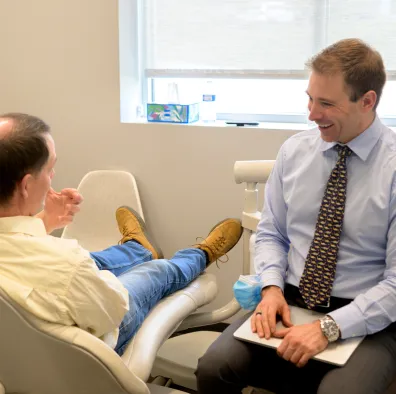

Many people live for years with an undiagnosed adult tongue tie, unaware that it can influence everyday comfort and overall health. Symptoms often include:
Dr. Jim Bieneman takes a whole-health approach to treating tongue and lip ties in adults, addressing both the restriction itself and its broader impact on oral and systemic function. His evaluation includes airway assessment, muscle balance, and posture to ensure the procedure supports your overall health—not just symptom relief.
Through this integrative approach, patients often experience improvements in speech, breathing, TMJ comfort, and sleep quality, along with better long-term stability and wellness
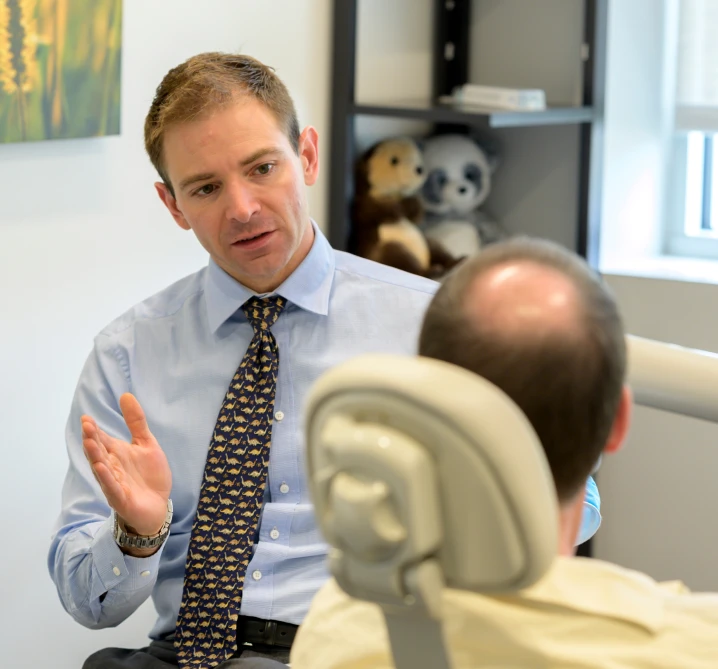
Dr. Bieneman uses advanced laser technology to gently and precisely release restrictive tissues with minimal discomfort and fast recovery. For many adults with tongue tie, this treatment provides immediate improvements in tongue mobility, breathing, and ease of speech.
Each patient receives a comprehensive evaluation to determine whether a release is necessary and how it integrates with ongoing care, such as myofunctional therapy or TMJ rehabilitation. This ensures every treatment supports long-term oral health, balance, and comfort.
Following treatment, myofunctional therapy helps retrain oral muscles to support proper tongue posture, nasal breathing, and swallowing. This therapy complements the release procedure, helping prevent relapse and improving airway stability.
By addressing functional muscle patterns, myofunctional therapy enhances TMJ comfort, supports airway health, and helps patients maintain better posture and sleep quality. Learn more about our collaborative care approach on the Breathing & Sleep page.
Explore our Learning Center for expert insights from Dr. Jim Bieneman on topics like airway development, tongue mobility, and the connection between oral posture and sleep.
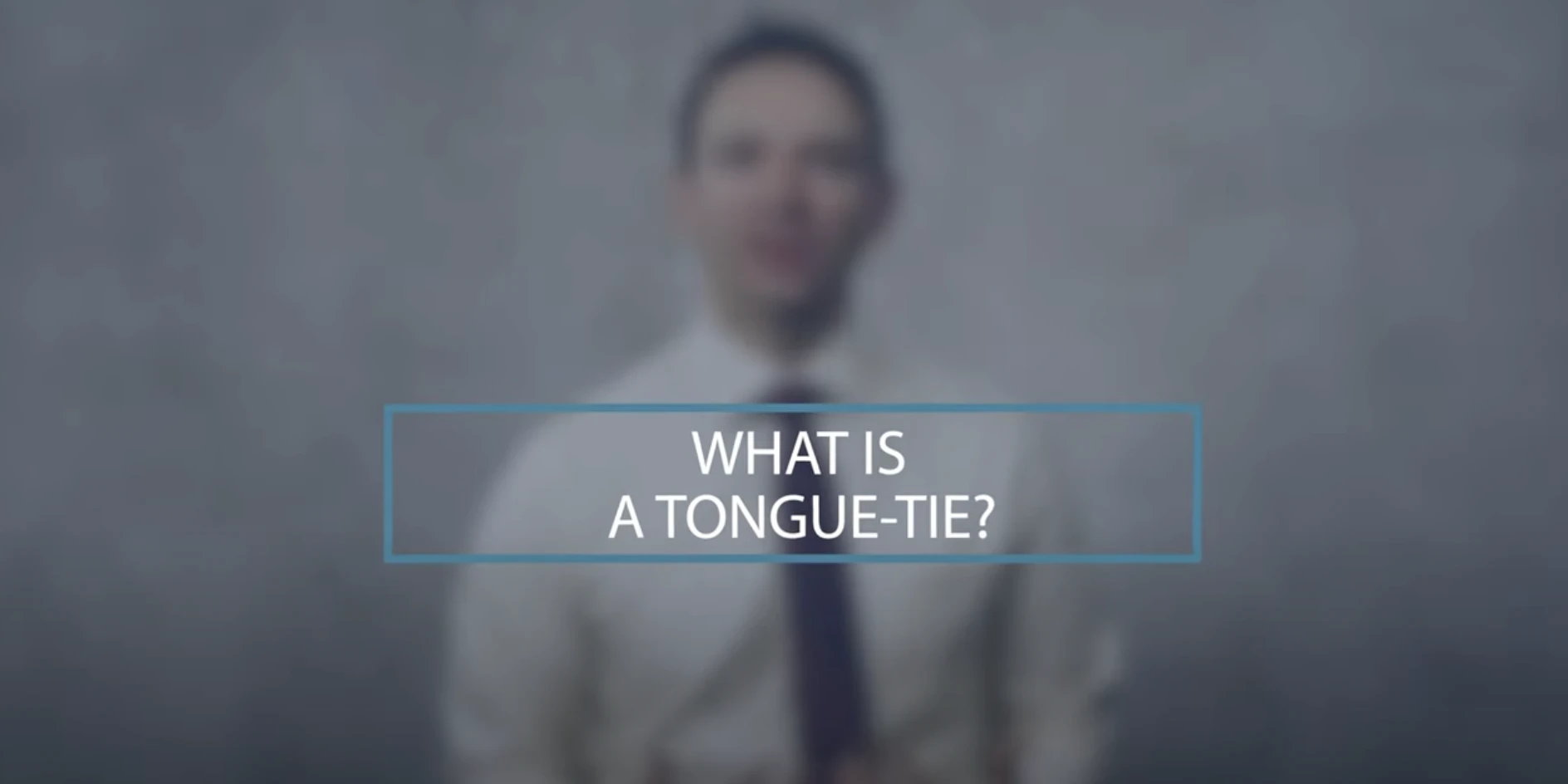


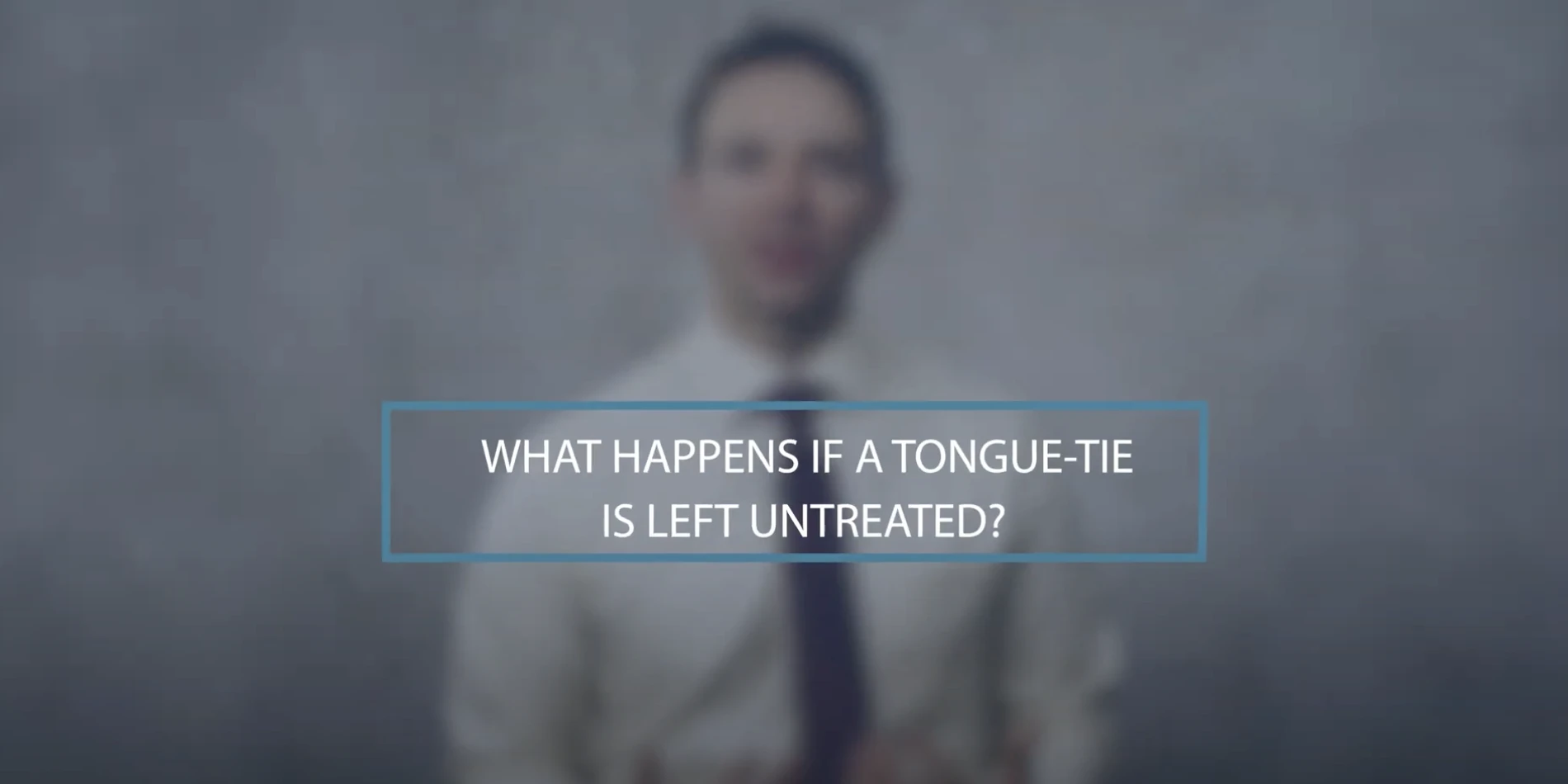
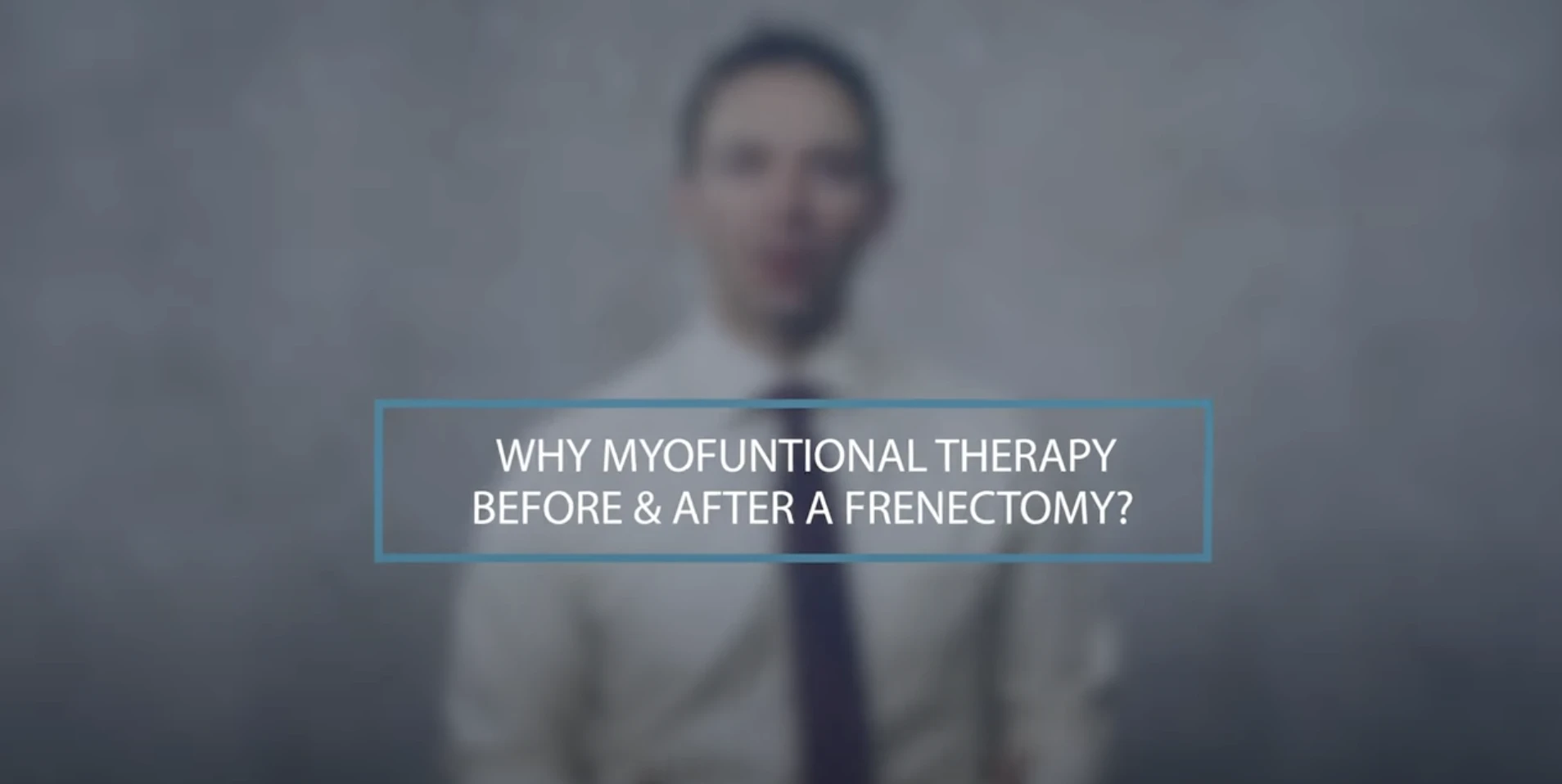




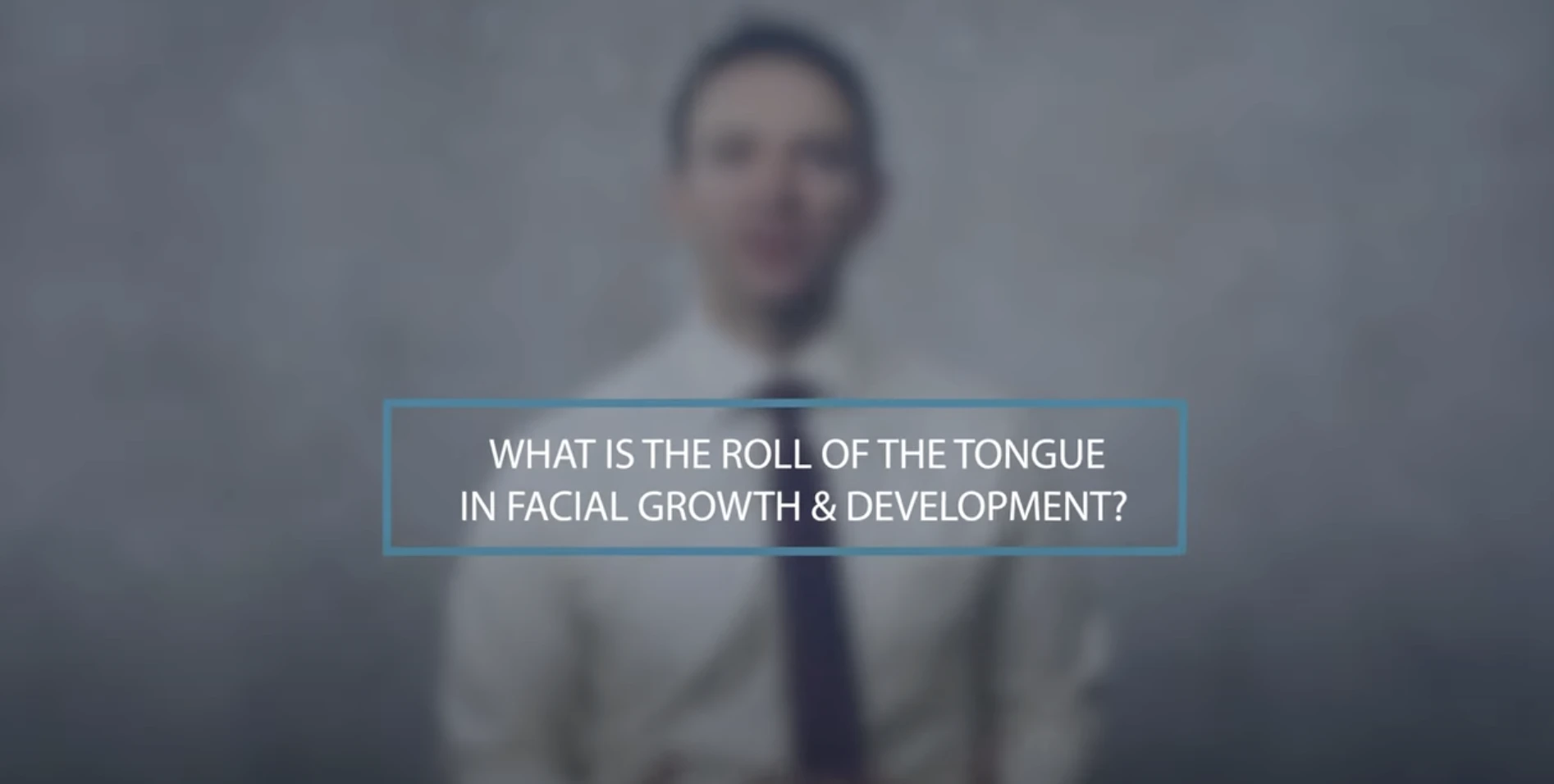

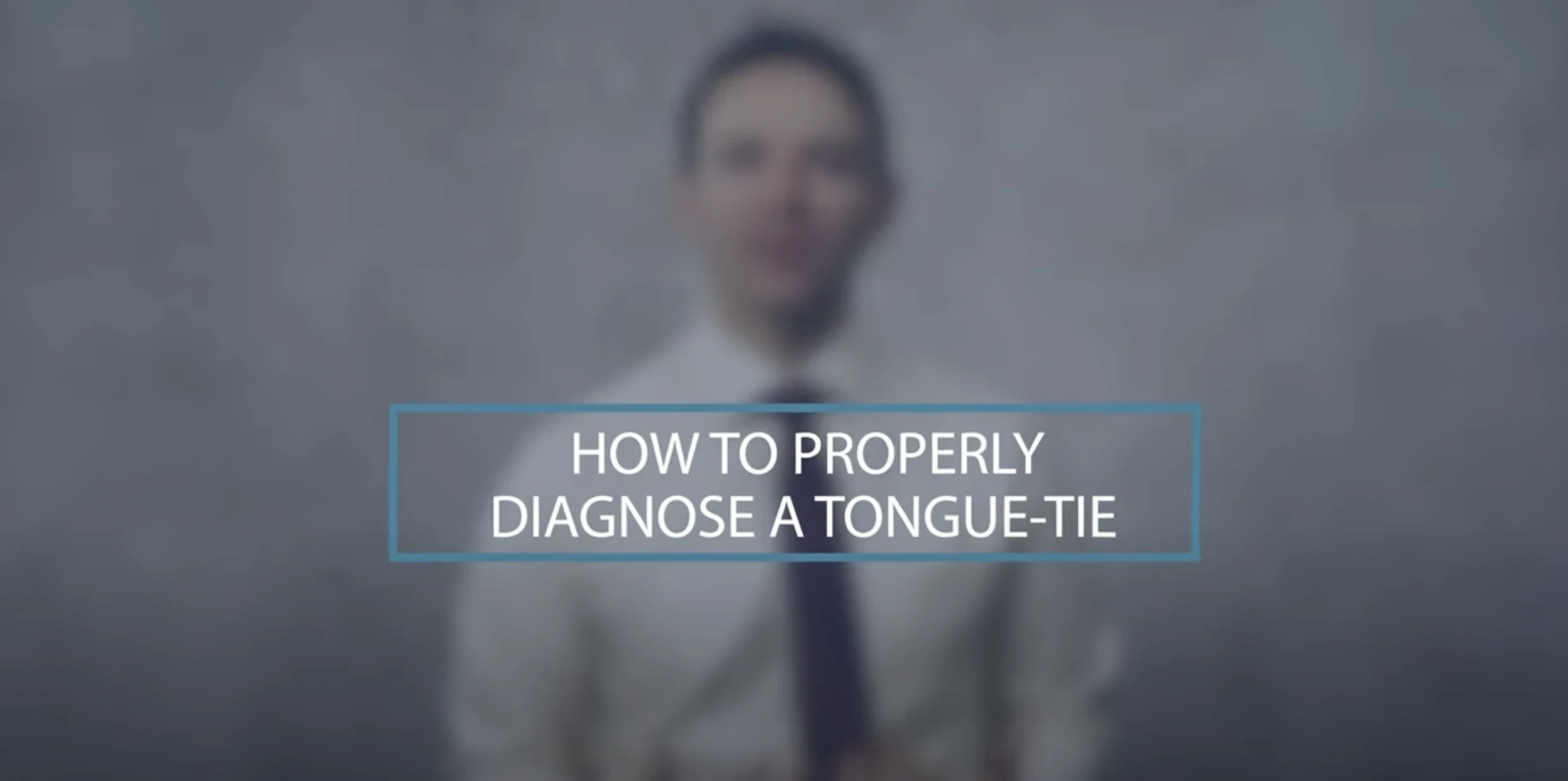


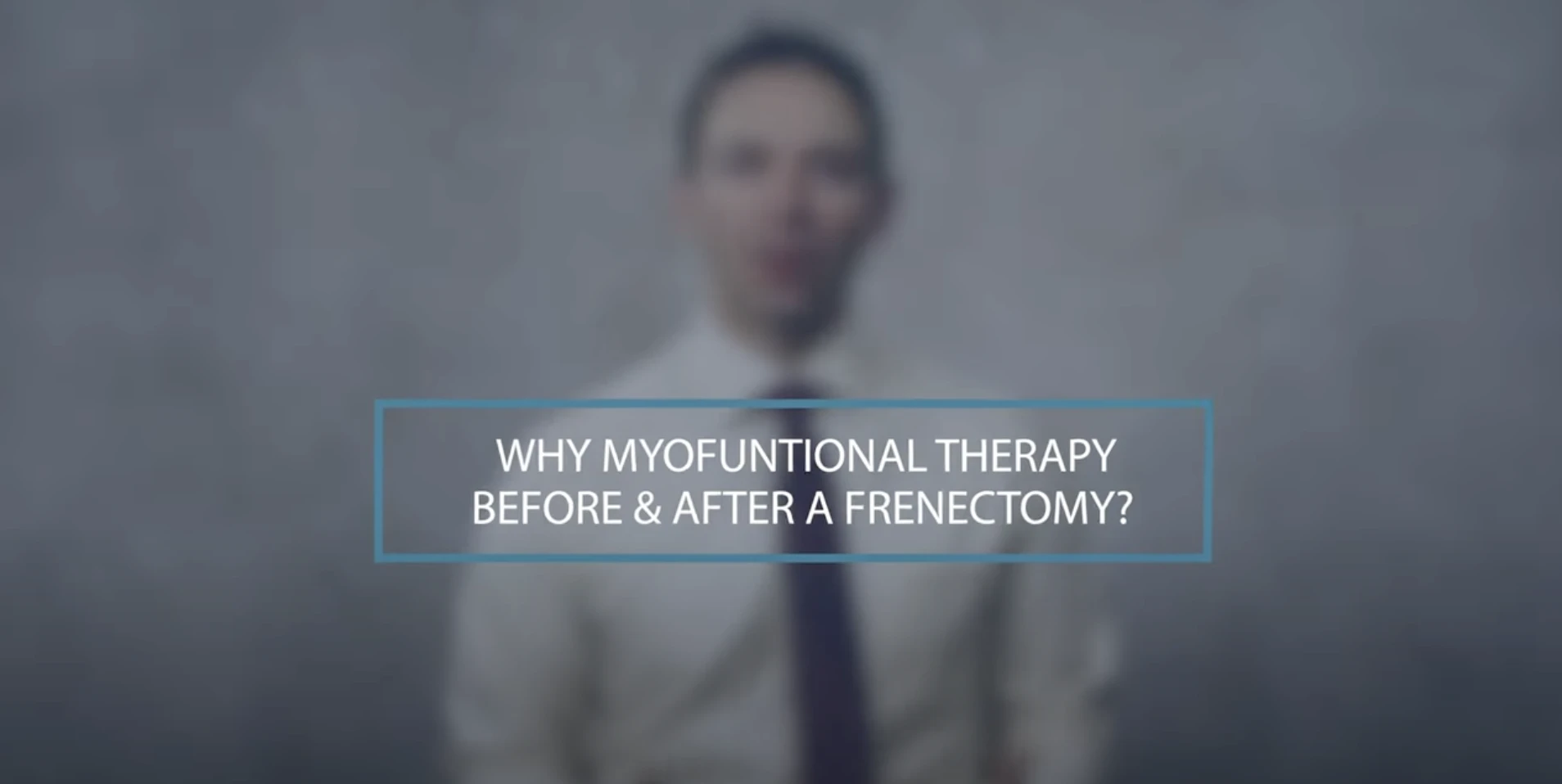
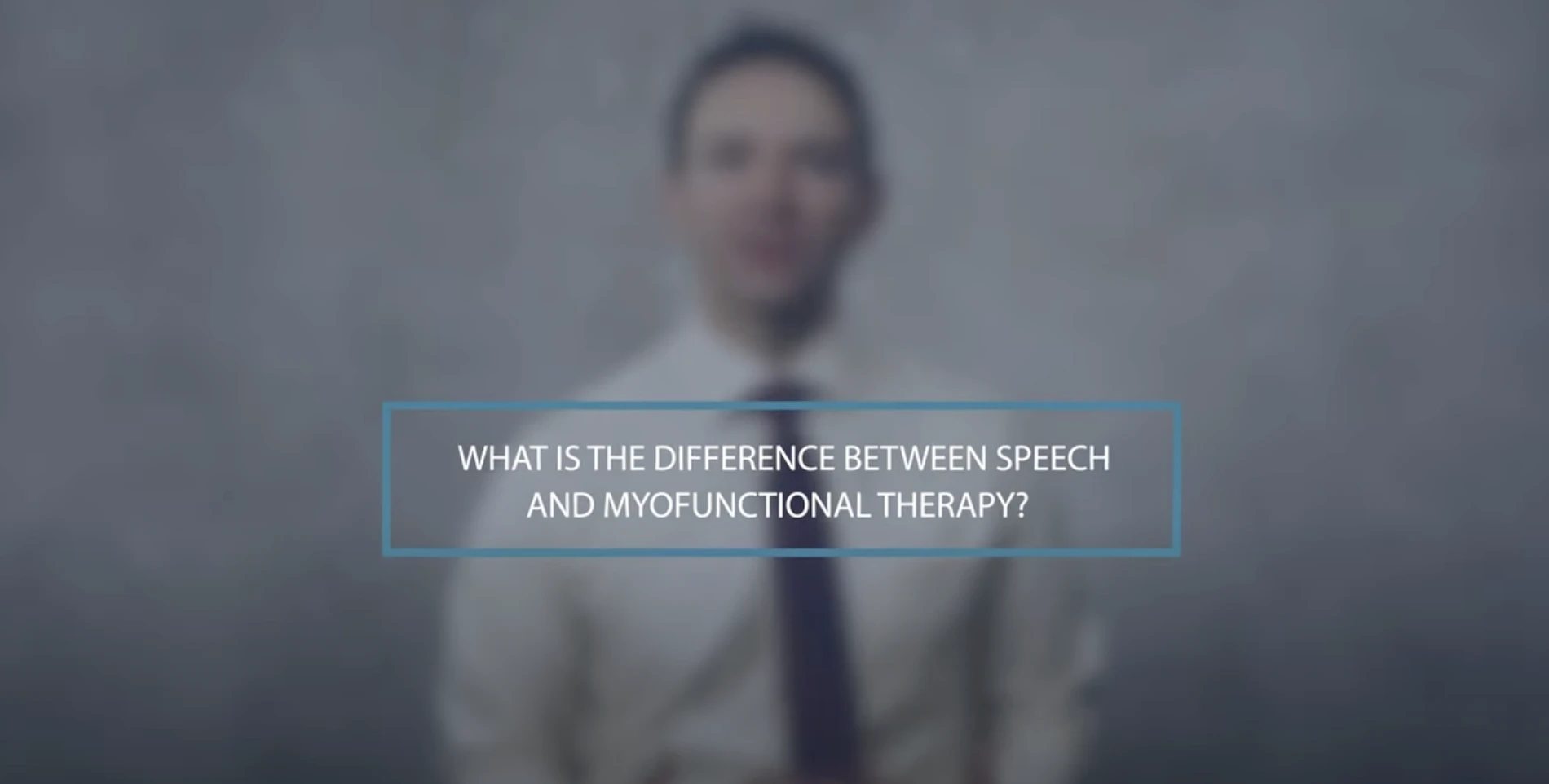

Can adults benefit from a tongue tie release?
Yes. Many adults experience relief from long-standing jaw tension, headaches, speech challenges, and airway issues once restricted oral tissue is released. Improved tongue mobility can enhance comfort, posture, and even sleep quality.
Is the procedure painful or invasive?
No. Dr. Bieneman uses advanced laser technology that gently releases the restrictive tissue with minimal discomfort. Most patients notice immediate improvement and resume normal activities the same day.
How long does recovery take?
Mild soreness or tightness may last for a few days. Performing gentle stretching and myofunctional exercises helps speed healing and restore full range of motion.
Will a tongue tie release help with TMJ pain or sleep problems?
In many cases, yes. Correcting tongue posture can reduce strain on the jaw, ease muscle tension, and support healthier breathing patterns—helping alleviate TMJ pain and mild sleep-related issues.
What is myofunctional therapy, and why is it recommended?
Myofunctional therapy retrains the tongue and facial muscles to work in harmony after a release. It ensures long-term stability, improves swallowing and nasal breathing, and enhances overall airway health. Learn more on our Airway Orthodontics page.